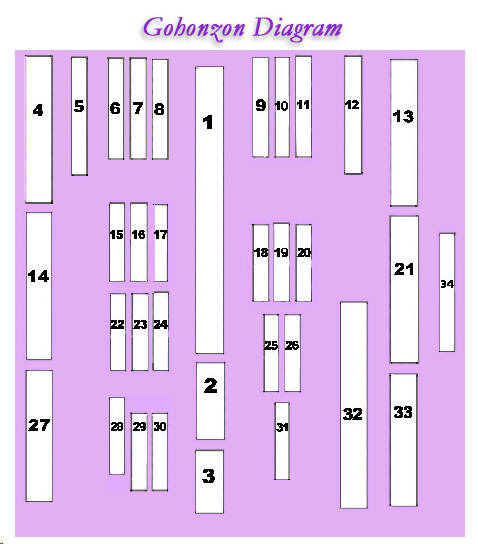

Let us break the Black Buddha issue down in simple and plain terms. Dr. Clyde Winters is an excellent source to help bring an understanding to this issue. Let us start with the word "NAGA." NAGA according to Dr. Winters; "Naga/Nagash was also the title 'King' for the ancient Semitic speaking people of modern Ethiopia who lived in Arwe, and ancient kingdom in Punt. In addition, the ability of the Ethiopians as sailors, is supported by the title bahr nagash, "ruler of the maritime province" or Eritrea."
"According to Ethiopian traditions the first empire was founded by Za Besi Angabo, of the Arwe line which ruled Ethiopia for 350 years. This dynasty began in 1370 B.C. The traditions of this dynasty are recorded in the Kebra Nagast , or "Glory of Kings". (Doresse 1971)
In a way that you can understand many of you read in history and in the Bible about the Black "Queen of Sheba" who had a baby by King Solomon. The Queen of Sheba was a Naga. The Ethiopians ruled "India." In the old days India was known as "Eastern Ethiopia."
Dr. Ambedkar (1891-1956) was the architect of independent India's constitution, a champion for human and civil rights, a renowned scholar, and the restorer of Buddhism in India observes that the students of ancient Indian History often come across four names, the Aryans, Dravidians, Dasas and Naagas. The Aryans were not a single homogeneous people, being divided into at least two sections. A greater mistake lies, he says, in differentiation of the Dasas from the Naagas. Dasas are the same as Naagas, Dasas being another name for Naagas. Dasa is the sanskritised from of the Indo Iranian word Dahaka, which was the name of the king of the Naagas.
Dr. Ambedka teaches that the word 'Dravida' is the Sanskritised form of the word Tamil. The original word Tamil when imported into Sanskrit became Damila and later on Damila became Dravida. The word Dravida is the name of the language of the people and does not denote the race of the people. The thing to remember is that Tamil or Dravida was not merely the language of South India but before the Aryans came it was the language of the whole of India, and was spoken from Kashmere to Cape Camorin. In fact it was the language of the Naagas throughout India. ["The Untouchables", pp. 56, 58, 59, 63, 66, 75] This is how we come to the word or people called "Dravidians."

Before seventh century B.C., i.e. before the rise of the Buddha, all the ksatriya dynasties of Mahabharata times had been ruined, shattered and destroyed. They were replaced on one side by the Dravidas - Naagas in Taxilla, Patalpuri, Udyanpuri, Padmawati, Bhogpuri, Nagpur, Anga or Champa, and in various places in the south; and on the other side by ganas or republics of vratyas like Licchavis, Mallas, Moriyas etc. [Jyoti Prasad Jain, quoted by Kosare, p. 42]





We make this point clear I am a Nichiren Shoshu Buddhist. While I practice the teachings of Nichiren Daishonin's Buddhism what I see going down from the Japanese teachers of Buddhism in America is wrong. There is no reason why Japanese should be so arrogant when you look at Buddhism from the standpoint of history. Nichiren Shoshu Buddhism has been around for over 750 years. The Priest in Ethiopia have been around for over 3000 years. In Ethiopia they have the longest dynasty of Kings and queens in the world. You may ask me what does this have to do with Buddhism? Let me tell you. The Ethiopian Priest speak a language called "GEEZE." Geeze has been around nearly 4000 years. The Ancient Ethiopians once ruled all of India. The Ethiopians brought this language with them. The Brahmins or the White Priest learned their Ancient language of Sanskrit from these Black Ethiopians. When you speak of Buddhism and "Sanskrit" you know that it came from the language of the Blacks spoken by the Ethiopian Priest spoken today. One side note: # my wife is Ethiopian and she can speak "Geeze."
I have been a Buddhist since 1974. These Japanese have some "Funky Altitudes" when it comes to learning Buddhist history. In Memphis and in Buddhism in America there is a culture of ignorance when understanding about the Black history of Buddhism.
